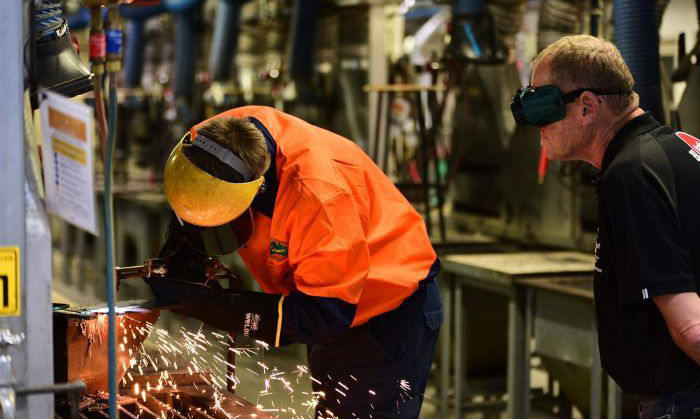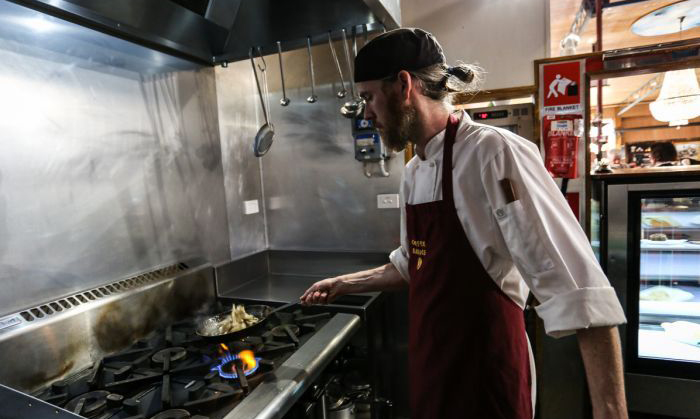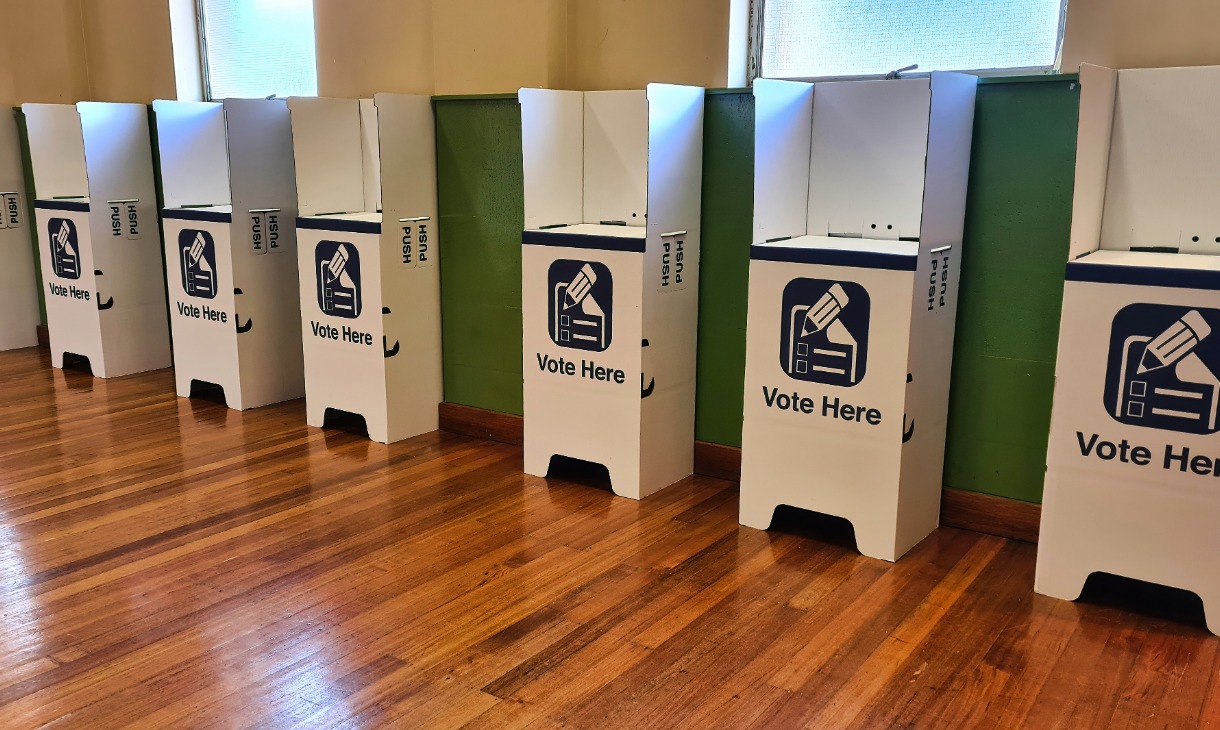Getting the definitions right
Apprenticeships are programs mostly associated with traditional trades that train people to become, for example, carpenters, plumbers, electricians, printers, hairdressers and mechanics.
They combine employment and formal training and have been well recognised since the post-war period.
Traineeships also involve employment and formal training, but were established in 1985 to provide opportunities in the non-trade or services sector, typically in retail, hospitality, administration, child care and aged care.
Getting the numbers right
Data produced by the National Centre for Vocational Education Research (NCVER) does not distinguish between apprenticeships and traineeships.
But it does divide data into trade and non-trade sectors, which broadly align with apprenticeships and traineeships respectively.
This data is produced quarterly and consolidated annually.
Apprenticeships and traineeships are measured as commencements, completions and in-training.
When asked for the source of his numbers, Mr Shorten's office referred to the official September quarter figures for people in training in 2012 and 2018.
The NCVER collated September quarter "in-training" figures for Fact Check from 2009 to 2018 (the latest available).
These show an overall drop of 45 per cent from 2012 to 2018, with the decline mostly driven by a slump in traineeships (down 66 per cent), ahead of a fall in apprenticeships (down 18 per cent).
As the chart below shows, the numbers of people in training for both apprenticeships and traineeships peaked in 2012.
Since then, apprenticeship numbers have remained relatively stable, while traineeships have fallen sharply.
In his comments to reporters, Mr Shorten provided combined numbers for apprenticeships and traineeships yet referred only to "apprenticeships", creating a misleading picture about a crisis in the traditional trade-based apprenticeship system.
However, Professor Peter Noonan, an expert in vocational education at Victoria University, and colleague Sarah Pilcher, say there is, in fact, no crisis in trades training.
In an article published by The Conversation in 2017, they argued that not only was it misleading to present figures in this way, but that many parties on both sides of the political divide, including industry groups and trade unions, had done so at various times to suggest there was a crisis in Australia's apprenticeship system.
The academics argued that while apprenticeship numbers had fallen, a closer examination revealed that, in some industries, apprenticeships had experienced recent growth, while for others there had been a decline.
So, are apprenticeships in crisis?
Many people start apprenticeships but do not complete them, so it's worth taking a look at how the number of completed apprenticeships has tracked over the same period.
As with the overall numbers of people in training, the numbers of those completing an apprenticeship also declined after 2012, driven largely by a drop off in traineeships, rather than in apprenticeships.
Data collated by NCVER for Fact Check shows there were 55,605 people who completed trade-based apprenticeships in 2012.
This number fell by 26 per cent to 41,300 in 2017 (the latest full-year figure available).
Meanwhile, 138,625 people completed traineeships in 2012.
By 2017, the number had fallen by 62 per cent to 52,535.
Did the Coalition create a 'crisis in trades training'?
It is important to understand why apprenticeships and traineeships spiked in 2012 — a peak that Professor Noonan and Ms Pilcher have labelled a "distortion".
Traineeships:
In the mid-1990s, the Commonwealth began paying incentives to employers on a large scale to help offset the costs of apprenticeships and traineeships, and to encourage more people to take on such programs.
The incentive payments scheme was expanded in 1998 to cover existing workers, not just new workers, and part-time as well as full-time staff.
According to a 2012 paper produced by NCVER, "this had a spectacular impact on traineeship numbers but much less effect on trades apprenticeships".
Professor Noonan and Ms Pilcher noted in their Conversation article: "These policies made it very appealing for companies to take on a trainee, or to make an existing employee a trainee, as in some cases the incentive acted as an effective wage subsidy."
"A business model emerged whereby employers would share the incentives with registered training organisations, who then delivered training, too often of questionable duration and quality," the pair wrote in a more extensive 2017 academic paper (on which their Conversation article was based).
When it became evident that incentive payments were being rorted, the Gillard government scaled back eligibility after 2012, leading to a sharp decline in people taking up traineeships.
Apprenticeships:
It's a different story for apprenticeships.
Various sources claim that the fall in apprenticeships is principally due to a softening labour market and competition from the higher education sector.
A 2015 parliamentary library report suggested the decline in apprenticeships from mid-2012 may reflect reduced demand for labour in industries that are in long-term decline, such as manufacturing, or industries such as mining and utilities that shed labour in response to market conditions.
The report noted that despite the impact of the global financial crisis, apprenticeships in trade-based industries had remained relatively consistent over the past decade.
Chandra Shah, an affiliate in the Faculty of Education at Monash University and an Adjunct Associate Professor at Victoria University, told Fact Check that demand for apprenticeships remained strong in industries that continue to grow, such as construction.
However, the uncapping of university places, and lower entry scores for some courses, meant young people were often attracted to university ahead of considering an apprenticeship.
In their paper, Professor Noonan and Ms Pilcher said the decline in apprenticeships had not been due to funding cuts, as they remain fully funded by the states and continue to attract Commonwealth Government employer incentives.










